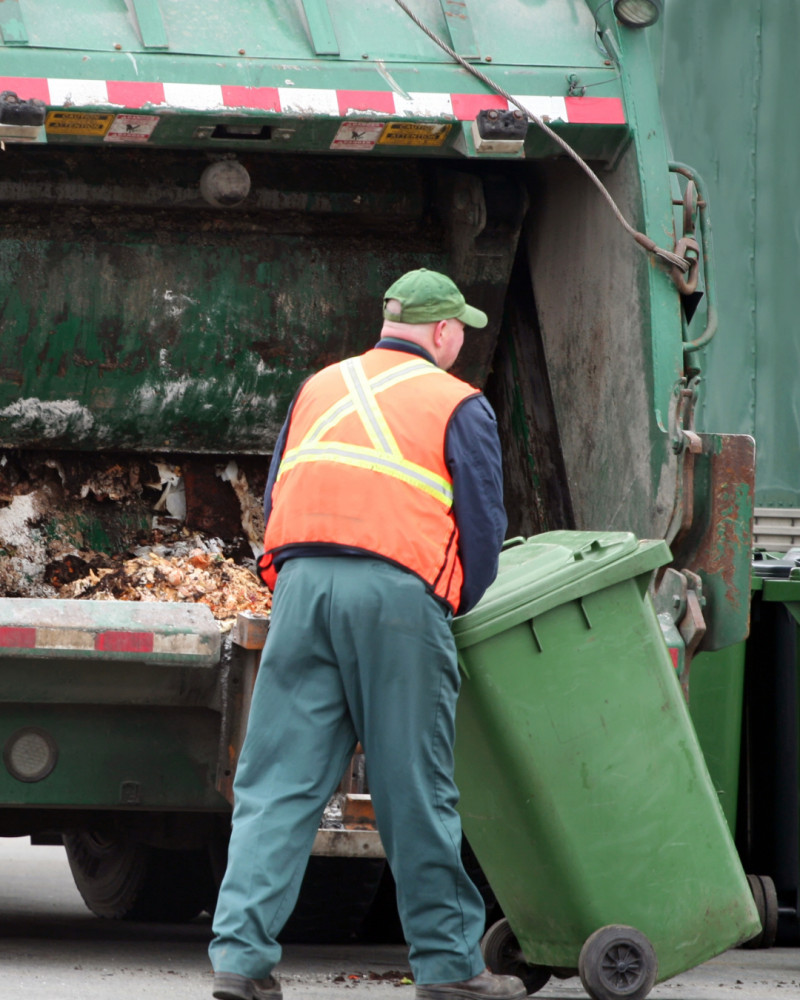Essential Tools Every Gardener Needs in Their Toolkit
Gardening is a rewarding hobby that allows you to create beautiful landscapes, grow fresh vegetables, and enjoy the beauty of nature. But to achieve the best results, you need the right tools. Whether you are a beginner gardener or a seasoned green thumb, having a well-equipped toolkit is essential.
This guide will walk you through the essential gardening tools every gardener needs, what they are used for, and how to maintain them.
🌱 1. Hand Tools for Precision Gardening
✅ 1.1 Hand Trowel
Used for: Digging small holes, planting seedlings, transplanting, and removing weeds.
Choose one with a comfortable, ergonomic handle and a rust-resistant blade.
💡 Look for a stainless steel trowel for durability.
✅ 1.2 Hand Fork (Weeding Fork)
Used for: Loosening soil, removing weeds, and turning small garden beds.
Ideal for breaking up compacted soil around plants.
💡 Choose one with strong, durable tines that won’t bend easily.
✅ 1.3 Pruning Shears (Secateurs)
Used for: Cutting small branches, deadheading flowers, and pruning shrubs.
Bypass pruners are best for live plants, while anvil pruners are better for dry branches.
💡 Keep your pruners sharp and clean for smooth, precise cuts.
✅ 1.4 Garden Scissors
Used for: Trimming herbs, deadheading flowers, and harvesting fruits or vegetables.
More precise than pruning shears for delicate tasks.
💡 Choose stainless steel blades for rust resistance.
✅ 1.5 Weeding Tool (Weeder)
Used for: Removing weeds from the roots without disturbing nearby plants.
Look for one with a V-shaped blade for easy weed removal.
💡 This tool is essential for weed-free flower beds and vegetable gardens.
🌱 2. Digging and Cultivating Tools
✅ 2.1 Garden Spade
Used for: Digging, edging, planting, and turning soil.
Choose one with a sharp, flat blade for easy soil penetration.
💡 A stainless steel spade is rust-resistant and easy to clean.
✅ 2.2 Garden Fork (Digging Fork)
Used for: Turning and loosening soil, aerating, and mixing compost.
Essential for preparing garden beds and breaking up heavy soil.
💡 Opt for a fork with strong, forged steel tines for durability.
✅ 2.3 Hoe
Used for: Weeding, cultivating, and breaking up soil.
Choose a hoe type that suits your gardening style (Dutch hoe, draw hoe, or stirrup hoe).
💡 Keep the blade sharp for efficient weeding.
✅ 2.4 Rake
Used for: Clearing leaves, debris, and leveling soil.
Use a leaf rake for collecting debris and a garden rake for soil preparation.
💡 Adjustable rakes are versatile for different tasks.
🌱 3. Watering Tools for Healthy Plants
✅ 3.1 Garden Hose with Spray Nozzle
Used for: Watering garden beds, lawns, and potted plants.
Choose a hose with adjustable spray settings for different plants.
💡 Opt for a kink-free, durable hose for long-lasting use.
✅ 3.2 Watering Can
Used for: Watering delicate plants, seedlings, and indoor plants.
Choose one with a detachable rose for gentle watering.
💡 A lightweight, ergonomic watering can is easier to use.
✅ 3.3 Drip Irrigation System
Used for: Efficient, automated watering of large garden beds.
Saves water by delivering it directly to the plant roots.
💡 Ideal for vegetable gardens and flower beds.
🌱 4. Cutting and Pruning Tools
✅ 4.1 Loppers
Used for: Cutting thicker branches (up to 2 inches in diameter).
Bypass loppers are best for green branches, while anvil loppers are better for dry wood.
💡 Choose long-handled loppers for extra reach.
✅ 4.2 Pruning Saw
Used for: Cutting thick branches, trimming trees, and pruning large shrubs.
Look for a folding pruning saw for safe storage.
💡 Keep the blade sharp for clean, efficient cuts.
✅ 4.3 Hedge Shears
Used for: Shaping and trimming hedges, bushes, and topiary.
Choose lightweight shears with comfortable handles.
💡 Regularly clean and sharpen the blades for smooth cuts.
🌱 5. Planting and Maintenance Tools
✅ 5.1 Garden Kneeler or Kneeling Pad
Used for: Comfort while planting, weeding, or pruning at ground level.
Choose a foam or gel kneeler for extra comfort.
💡 A folding kneeler with handles can double as a garden seat.
✅ 5.2 Garden Gloves
Used for: Protecting your hands from dirt, thorns, and cuts.
Choose waterproof, puncture-resistant gloves for heavy-duty tasks.
💡 Leather gloves offer excellent durability for pruning and digging.
✅ 5.3 Garden Twine or Plant Ties
Used for: Supporting climbing plants, training vines, and securing plant stems.
Choose soft, flexible twine that won’t damage plants.
💡 Reusable plant ties are eco-friendly and convenient.
✅ 5.4 Plant Labels and Markers
Used for: Labeling seeds, plants, and vegetables in your garden.
Choose weatherproof labels that won’t fade in sunlight.
💡 Use a permanent marker for clear, long-lasting labels.
🌱 6. Garden Storage and Maintenance Tools
✅ 6.1 Garden Tool Bag or Apron
Used for: Keeping your essential tools within reach while gardening.
Choose one with multiple pockets for easy organization.
💡 A waterproof tool bag protects your tools from rust.
✅ 6.2 Tool Sharpener
Used for: Keeping your pruning shears, knives, and saws sharp.
Regular sharpening ensures clean cuts and longer tool life.
💡 A handheld sharpener is convenient for quick touch-ups.
✅ 6.3 Garden Tool Cleaning Brush
Used for: Cleaning dirt and debris from tools after use.
Regular cleaning prevents rust and extends tool life.
💡 A wire brush is excellent for removing stubborn dirt.
✅ 7. Safety Gear for Gardening
✅ 7.1 Safety Glasses
Used for: Protecting your eyes while pruning, trimming, or using power tools.
✅ 7.2 Sunscreen and Hat
Used for: Protecting your skin from harmful UV rays during outdoor gardening.
✅ 7.3 Ear Protection (If Using Power Tools)
Used for: Protecting your hearing while using loud equipment (lawnmower, hedge trimmer).
✅ How to Maintain Your Gardening Tools
To keep your gardening tools in excellent condition:
Clean After Each Use: Remove dirt and debris with a brush and rinse with water.
Dry Thoroughly: Dry metal tools with a cloth to prevent rust.
Oil Metal Surfaces: Apply a light coat of oil to metal parts to prevent rust.
Sharpen Blades: Regularly sharpen pruners, shears, and saws for efficient cutting.
Store Properly: Keep your tools in a dry, covered area, such as a garden shed or toolbox.
💡 Well-maintained tools last longer and make gardening easier.
✅ Final Thoughts: Garden Like a Pro with the Right Tools
Having the right gardening tools in your toolkit makes gardening easier, faster, and more enjoyable. From digging and planting to pruning and maintaining, the right tools help you achieve beautiful, healthy plants and a well-maintained garden.
🌱 Ready to build your gardening toolkit? Start with the essentials and add more tools as your garden grows. 🚀
Would you like me to help you create a printable gardening toolkit checklist for your clients? Let me know.



